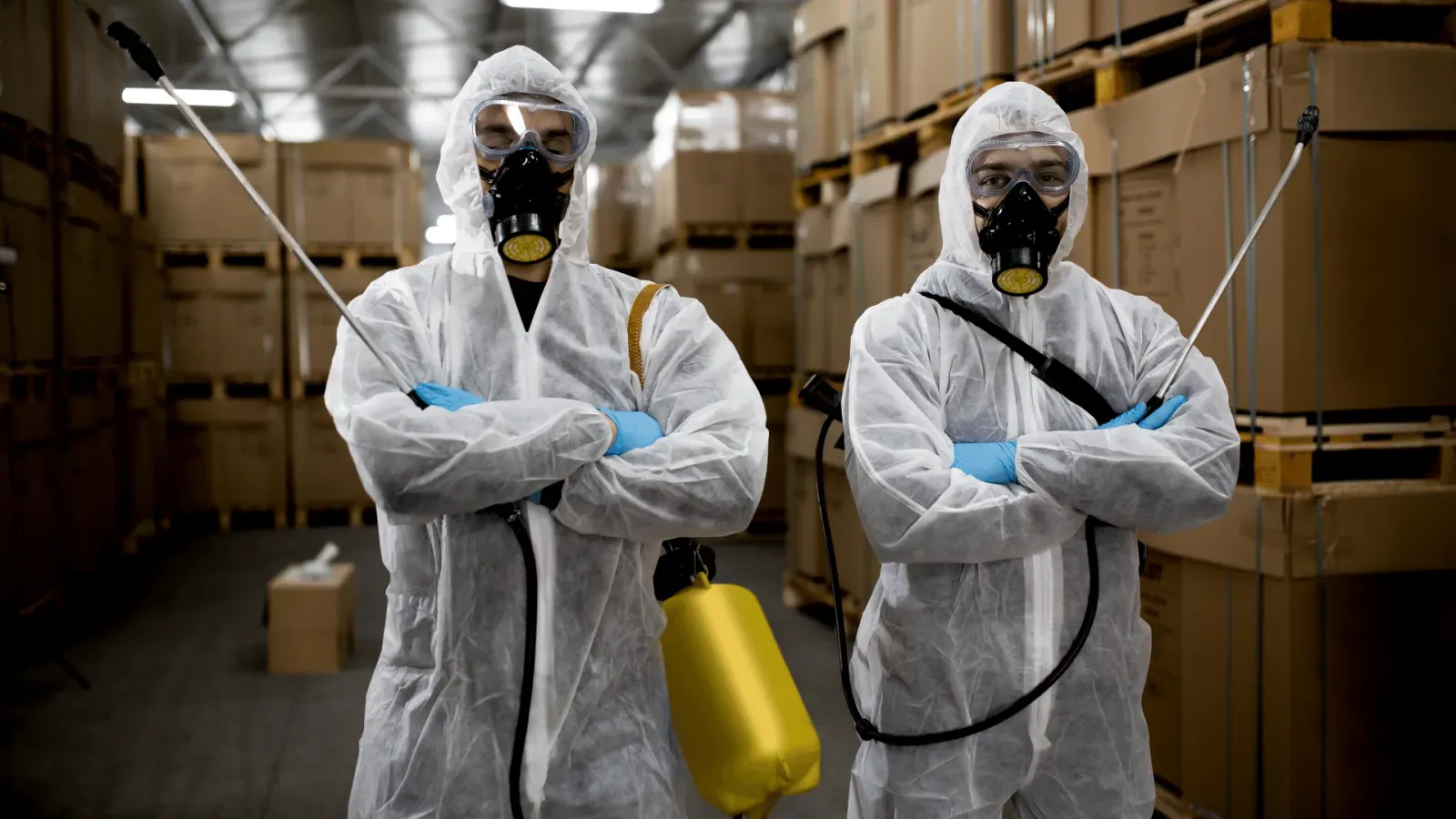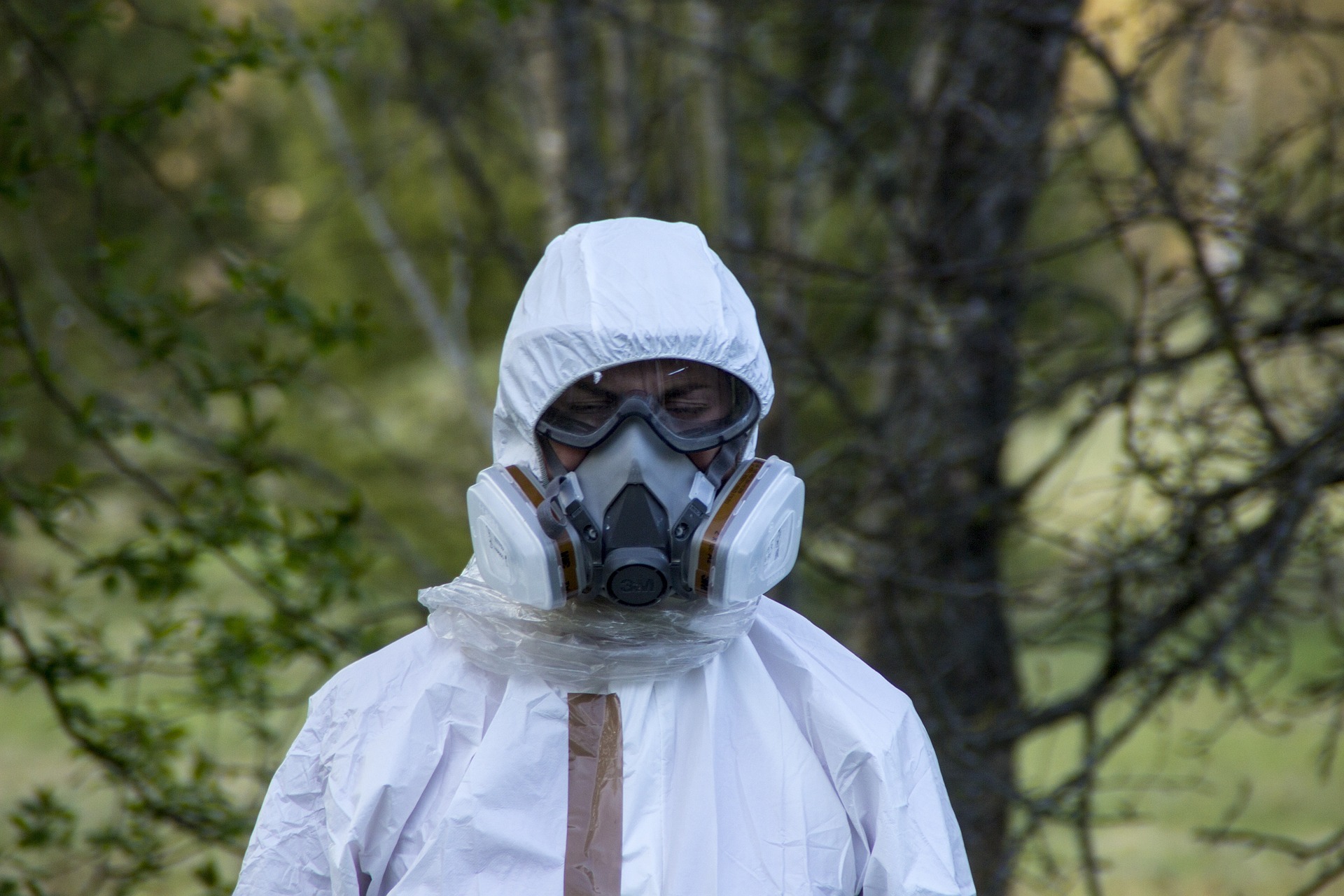Using Humidity to Reduce Infection Rates


There is further evidence to show that building science—or more specifically, how we manage it—can have a major effect on infection rates.
Dr. Stephanie Taylor and her team conducted a study of 370 patients to try to identify the major cause(s) of infection. They looked at the usual suspects, including hand hygiene, cleaning operations and patient vulnerability, among others. While they did find links to these factors, the one factor that stood out the most was dry air.
Are you surprised? If so, here is Dr. Taylor’s explanation (it’s two-fold):
- First, dry air allows microbes, dust and infectious agents to travel further and longer than they would in a properly-humidified space.
- Second, she points out that dry air lowers our bodies’ natural immune defenses and barriers that protect us from infections.
.
Studies on Relative Humidity and Infection
While the National Institutes of Health (NIH) is funding more research, there are a couple of studies that show obvious, promising evidence that humidity could reduce infection rates. One study focused on microbial samples, while the other focused on absenteeism.
In one study, Mayo Clinic researchers focused on four classrooms—two of which were humidified with steam humidifiers, and two identical classrooms that were not humidified. Air and surface samples of the humidified classrooms revealed significantly fewer positive influenza samples in the air and on surfaces. Viral copies and infectivity was also reduced.
These results are significant because illnesses like the flu are primarily transmitted through the air, and via surfaces as a secondary route. Steam humification significantly reduced both of these modes of transmission. If humification can reduce the prevalence of the flu, it could also be used to control other viruses.
In a similar study referenced by Dr. Taylor’s team, Mayo Clinic researchers studied relative indoor humidity levels at a preschool over three months during the winter. In the study, half of the classrooms were left alone (the control group), while the other half of the classrooms were humidified. The results of the study revealed that absenteeism due to influenza was two-thirds lower in the humidified rooms than in the control group. Here, you can see a link to lower infection rates, which is always our goal in indoor (especially health care) settings.
.
Ideal Humidity Level for Reducing Infections
So, what is considered to be the ideal humidity level for indoor spaces? According to Dr. Taylor’s team, 40% to 60% relative indoor humidity is ideal. This range falls in line with the recommendations of leading industry organizations for indoor humidity:
The US EPA (Environmental Protection Agency) recommends keeping indoor relative humidity between 30 and 60%.
ASHRAE (the American Society of Heating Refrigerating and Air Conditioning Engineers) recommends that indoor relative humidity be kept at or below 65% to prevent microbial growth.
.
Relative Humidity in Surgical Suites
While increasing indoor humidity is a relatively easy action item, achieving an ideal humidity balance can be difficult in some spaces.
For example, operating rooms are usually kept cooler than other areas to keep surgical staff comfortable. However, most surgical suites also contain many uninsulated cold hard surfaces where condensation can collect easily. Some building environments may need to be modified (perhaps through insulation or other measures) to achieve ideal relative indoor humidity.
The effort would be well worth it. In addition to reducing Hospital-Acquired Infection (HAI) rates, Dr. Taylor’s research indicates that higher relative humidity in OR’s could also reduce surgical site infections.
.
Takeaway
Adjusting your facility’s relative indoor humidity could provide a major advantage in the war on HAI’s, but these measures should not be initiated without a plan in place. Our healthcare environment experts are happy to answer any questions you might have about managing your facility’s indoor air to control infection. You can reach out directly to president, Dan Taylor, who specializes in infection control and high-risk healthcare environments. Email Dan
related blogs

Why Indoor Air Quality Investigations is a Necessity in These Times?

Few Important Tips to Help You Select Environmental Consulting Services!




